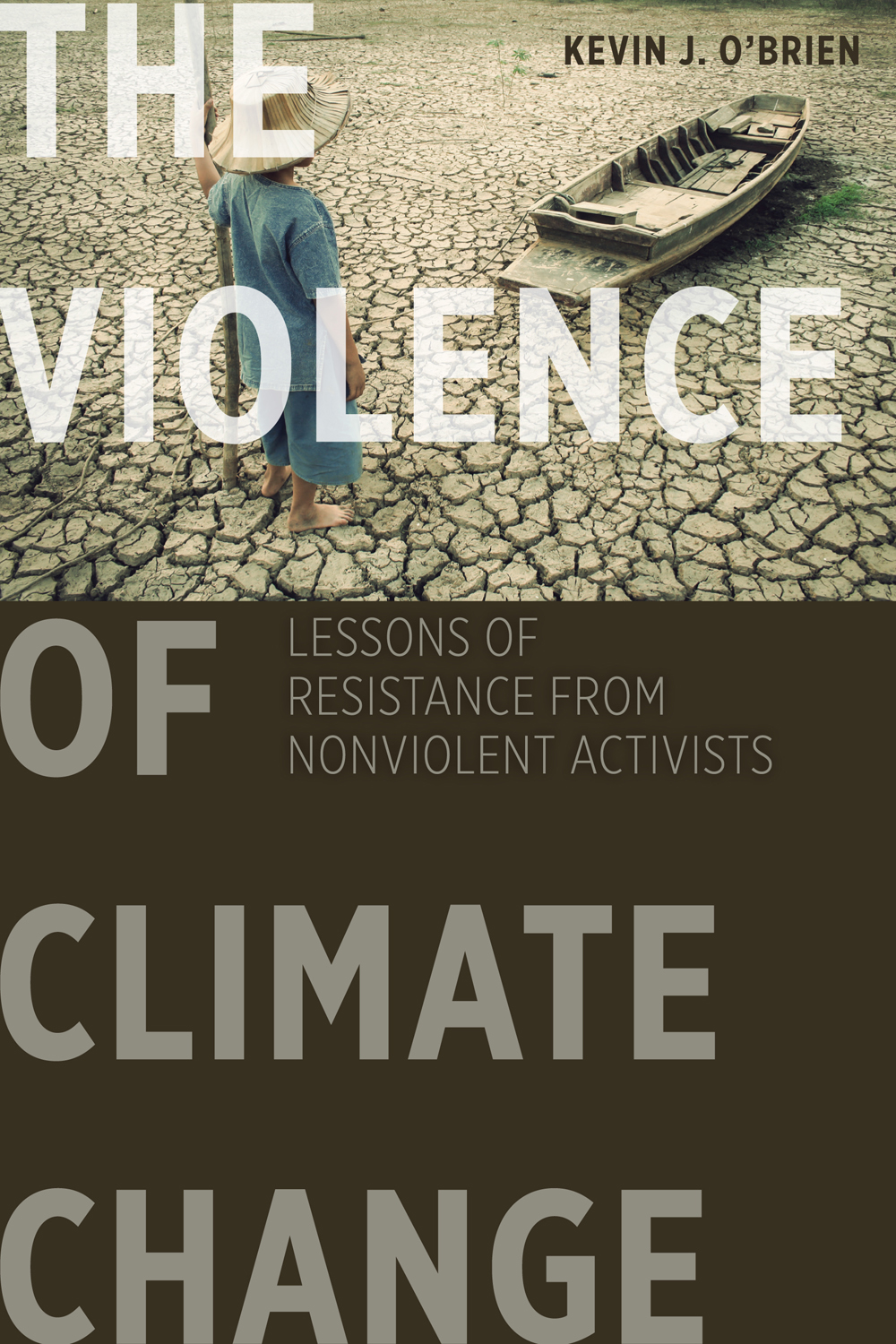
The Violence of Climate Change
Also by Kevin J. OBrien
An Ethics of Biodiversity: Christianity, Ecology, and the Variety of Life
THE VIOLENCE OF
CLIMATE CHANGE

LESSONS OF RESISTANCE
FROM NONVIOLENT ACTIVISTS
KEVIN J. OBRIEN

2017 Georgetown University Press. All rights reserved. No part of this book may be reproduced or utilized in any form or by any means, electronic or mechanical, including photocopying and recording, or by any information storage and retrieval system, without permission in writing from the publisher.
The publisher is not responsible for third-party websites or their content. URL links were active at the time of publication.
Library of Congress Cataloging-in-Publication Data
Names: OBrien, Kevin, 1977 author.
Title: The violence of climate change : lessons of resistance from nonviolent activists / Kevin J. OBrien.
Description: Washington, DC : Georgetown University Press, 2017. | Includes bibliographical references and index.
Identifiers: LCCN 2016033266 (print) | LCCN 2016040147 (ebook) | ISBN 9781626164345 (hc : alk. paper) | ISBN 9781626164352 (pb : alk. paper) | ISBN 9781626164369 (eb)
Subjects: LCSH: Climatic changesEffect of human beings on. | Climatic changesSocial aspects. | Global warming.
Classification: LCC QC903 .O36 2017 (print) | LCC QC903 (ebook) | DDC 363.738/74dc23
LC record available at https://lccn.loc.gov/2016033266
 This book is printed on acid-free paper meeting the requirements of the American National Standard for Permanence in Paper for Printed Library Materials.
This book is printed on acid-free paper meeting the requirements of the American National Standard for Permanence in Paper for Printed Library Materials.
18 17 9 8 7 6 5 4 3 2 First printing
Printed in the United States of America
Cover design by Martyn Schmoll. Cover image by iStock.com/piyaset .
CONTENTS

ACKNOWLEDGMENTS

First, thanks to five people I have never metCesar Chavez, Martin Luther King Jr., Dorothy Day, Jane Addams, and John Woolman. This book seeks to pay tribute to their lives, their thoughts, and their witnesses. I hope that in a small way it honors them and all who carry on their legacies.
Learning ethics from historical figures would have been beyond my capacity without the lessons of Michael Birkel, my very first professor of religion. He taught me how to study people from the past with careful, scholarly attention to the wisdom they offer about living well in the world. I do not do it nearly as well as he doesand all the failings of this book are mine alonebut I keep trying, and it is my great joy that Michael has remained a mentor and friend for almost twenty years now. I thank him for that, and for his most recent gift, a generous and thoughtful reading, analysis, and critique of .
Deep thanks also to Megan Noborikawa, who taught me a lot when she was my student and then far more when she did a comprehensive edit of an early draft of this book. She helped to clarify both the argument and how it was expressed. Having such a smart and diligent former student gives me hope for the future.
Thanks to Dan Spencer and Willis Jenkins for generous and critical readings. Both provided assessments of this manuscript for Georgetown University Press, helping to expand its audience and shape a far better book. They began this work as anonymous peer reviewers, but each subsequently revealed his identity and continued constructive feedback in conversation.
Many other colleagues have been long-standing collaborators and interlocutors, and I thank all the scholars who work on religious ethics and environmental issues. Most particularly, I offer my gratitude to Jennifer Ayres, Whitney Bauman, Trevor Bechtel, Kate Blanchard, Rick Bohannon, Forrest Clingerman, Sarah Fredericks, Laura Hartman, and Darryl Stephens. I do not know how I would think or write without these friends.
My colleagues at Pacific Lutheran University also offer continuing support and expertise, helping to make this school a place to believe in as well as to work. I offer particular gratitude to Agnes Choi, Suzanne Crawford OBrien, Seth Dowland, Tony Finitsis, Aimee Hamilton, Erik Hammerstrom, Brenda Llewellyn Ihssen, Brian Naasz, Doug Oakman, Jason Skipper, Jennifer Smith, Claire Todd, Samuel Torvend, Marit Trelstad, Michael Zbaraschuk, and Joel Zylstra.
I could not work without a range of conversation partners and inspirations outside academia. I have been privileged to volunteer for the last ten years with Earth Ministry, which draws on religious faith to nurture positive environmental change. Thanks especially to its current and former staff members LeeAnne Beres, Jessie Dye, Jessica Zimmerle, and Clare Josef-Maier. I am also grateful to two Christian peace communitiesAgape in western Massachusetts and Corrymeela in Northern Ireland. Years ago, I was lucky enough to live briefly in each community, and they have had an impact on my life ever since.
Thanks to Richard Brown of Georgetown University Press for his help imagining this project over five years and then for encouraging me through its completion. I also thank the books copyeditor, Alfred Imhoff, its project editor, Kathryn Owens, and the rest of the staff at the press whose efficiency and intelligence made the process a pleasure and made the book so much better.
Finally, thanks to my family for a lifetime of unconditional support, nurturing, teaching, and challenge. My nieces, nephews, brothers, parents, and extended family made me who I am and keep me striving toward who I want to be. My gratitude is furthest beyond words for two of these family members. My wife, Mary, is the best partner I could ever hope for. Thank you, Mary, for making life better and richer every day. My mother, Mary Lou McCloskey, taught me what it means to live fully and for others and to try to leave every part of the world better than I find it. I dedicate this book to you, Mom, with thanks for all you have done and all that you are.
Introduction
Toward a Witness of Resistance
Introducing his novel Slaughterhouse-Five, Kurt Vonnegut recounts a conversation in which someone scoffed at the idea of an anti-war book, asking him, Why dont you write an anti-glacier book instead? Vonnegut follows with a straightforward interpretation: What he meant, of course was that there would always be wars, that they were as easy to stop as glaciers.
In the 1960s Vonnegut and his critic both assumed that glaciers were inexorable forces of nature beyond human influence. In a world increasingly shaped by climate change, we know that this is not true. Near where I write these words, the glaciers of Mount Rainier shrank by 25 percent in the twentieth century and are shrinking even more rapidly in the twenty-first. This means a less predictable water supply for millions of people, raising doubts for the regions growing population.
This book is about climate change, inspired partly by the fact that glacierssymbols of constancy and inevitability in Vonneguts conversationare now rapidly shrinking because of industrial human activity. This is also a book about war, asking what concerned people in the twenty-first century can learn from the examples of five particular Christians in the United States who responded to the violence of the eighteenth, nineteenth, and twentieth centuries with nonviolent resistance. Using this tradition of nonviolence as an inspiration for a response to climate change, this book seeks to stand up for glaciers and against violence.
Next page

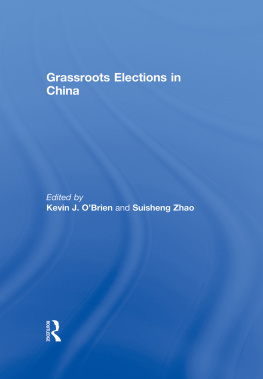
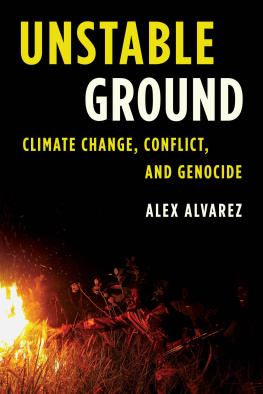
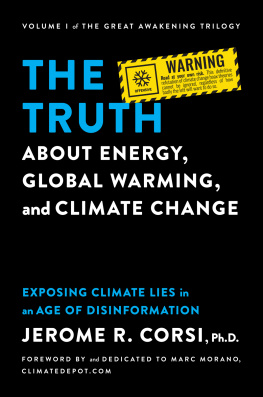
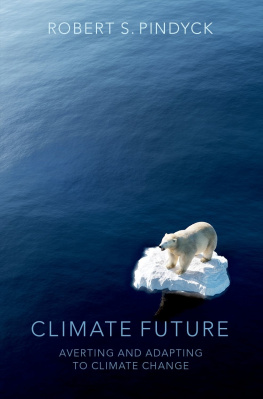
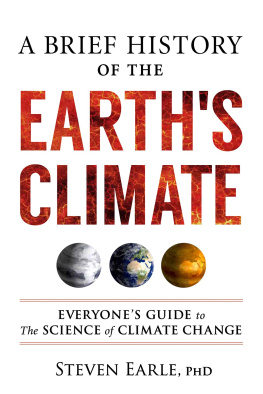
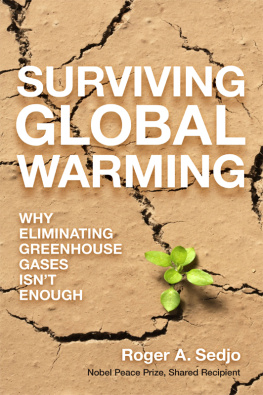
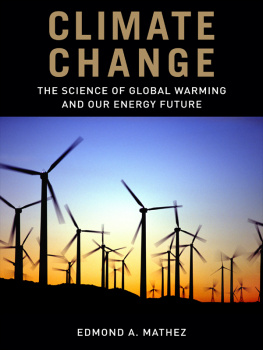
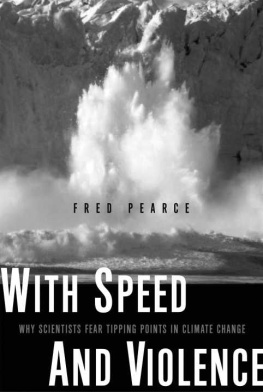



 This book is printed on acid-free paper meeting the requirements of the American National Standard for Permanence in Paper for Printed Library Materials.
This book is printed on acid-free paper meeting the requirements of the American National Standard for Permanence in Paper for Printed Library Materials.